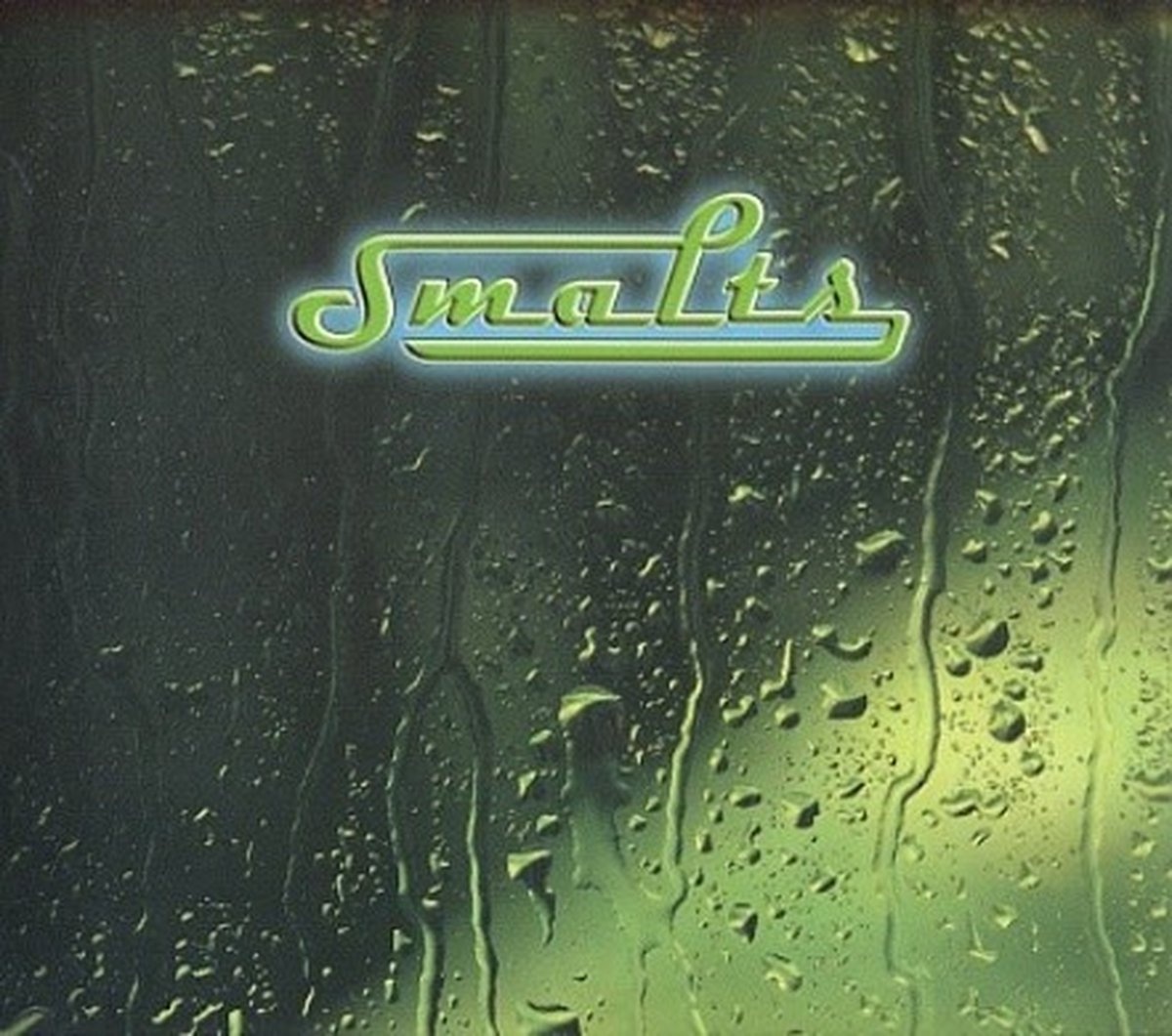
Jan Hanlo wirh his dog in his room in Valkenburg
Smalts | Nevelglans
CD + DVD, Blowpipe/Moskwood Media
Original release date 13 september 2013
Under the beautiful motto of Jan Hanlo "Poetry is philosophy's vacation," Wim Dekker and Pieter Mulders created the CD Nevelglans. The accompanying DVD contains the documentary Jan Hanlo, "And That Man I Am Myself."

Photographer BarBara Hanlo made an excellent impressionist documentary about her great-uncle, the writer Jan Hanlo (1912-1969). Already in the first minutes of Jan Hanlo, and that man I myself, a sound collage of a motorcycle, jazz music and poetry fragments introduces the world of Jan Hanlo, as a self-evident, unruly universe built up from observations of small facts. His tragic belief in the redemption of his demons through the liberating open-mindedness of youthful boys is convincingly evoked by a reconstruction of Hanlo's visit to Morocco and the letters he wrote about his latest protege in the weeks leading up to his fatal motorcycle accident. The film has taste, sophistication, an intriguing rhythm and a quirky, almost experimental design.
Hans Beerenkamp, NRC 05-02-1991


NRC April 1st 1991
BarBara Hanlo did not make poetry film about her uncle, the poet Jan Hanlo, but film poetry. Her film Jan Hanlo, and that man I am, consists largely of staged images. Still, the film is a fully-fledged documentary, because those images are echoes of Jan Hanlo's poetry, his letters, his notes, in short of his use of language and thus of Jan Hanlo's
tormented themselves. Jan Hanlo defined poetry as "the holiday of philosophy" and that is exactly what BarBara Hanlo made with this film: holiday of the documentary.
NRC, Joyce Roodnat, 12-7-1991


IDFA Daily newspaper December 1991

The crew in Marrakech, May 1990


















Having tea with Raoul at his home in the Atlas mountains
Pages from the film script



Jan Hanlo, and that man I am myself is an impressionistic documentary by BarBara Hanlo about her great-uncle JAN HANLO, a famous Dutch writer and poet in the fifties who died in 1969.
The film seeks to find a subjective entrance to the world of the poet. Guided in the soundtrack by prose and poems of the poet himself, the image retraces places and scenes from his life as if we – the audience – share his experiences.
Jan Hanlo had an incredible eye for detail and he investigated questions nobody would investigate: is a pea as big as a football still a pea? He was the first human being to find out, that wasps can clean your house... Besides this there were his collapses with the world of imperatives – religion, the law, he spent some time in a mental institution – and his longing for the detachment of the absolute youth. The film ends with his stay in Marrakech where to his own surprise he finds a relative freedom within the walls of the city. It is there that he falls in love with a young boy.
Documentaries: art about art
BarBara Hanlo did not make poetry film about her uncle, the poet Jan Hanlo, but film poetry. Her film Jan Hanlo, and that man I am, consists largely of staged images. Nevertheless, the film is a fully-fledged documentary, because those images are echoes of Jan Hanlo's poetry, his letters, his notes, in short of his use of language and thus of Jan Hanlo's tormented self. Jan Hanlo defined poetry as "the holiday of philosophy" and that is exactly what BarBara Hanlo made with this film: holiday of the documentary.
Joyce Roodnat, NRC 12/7/1991